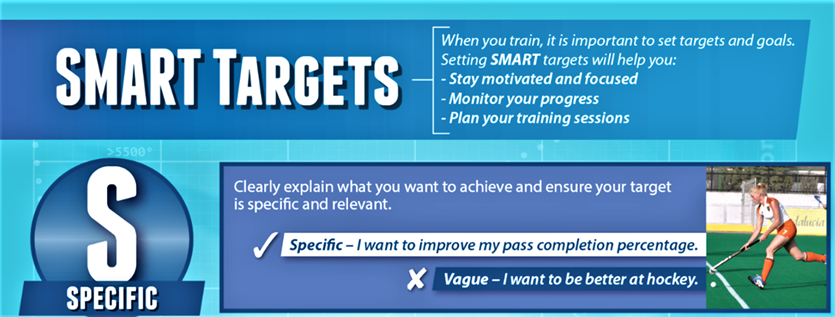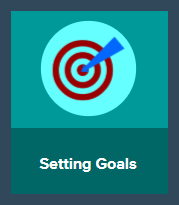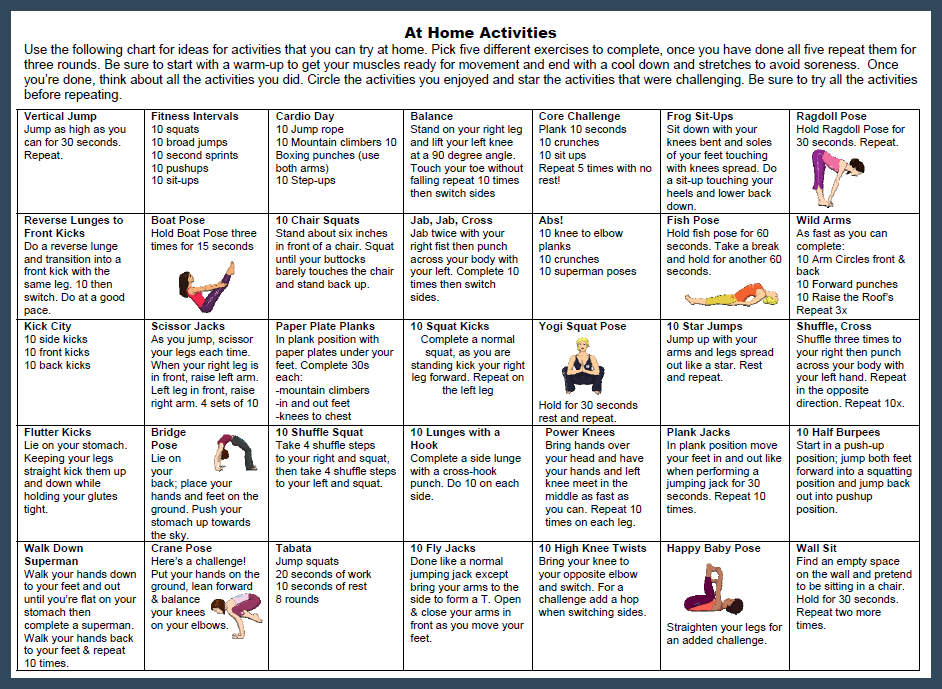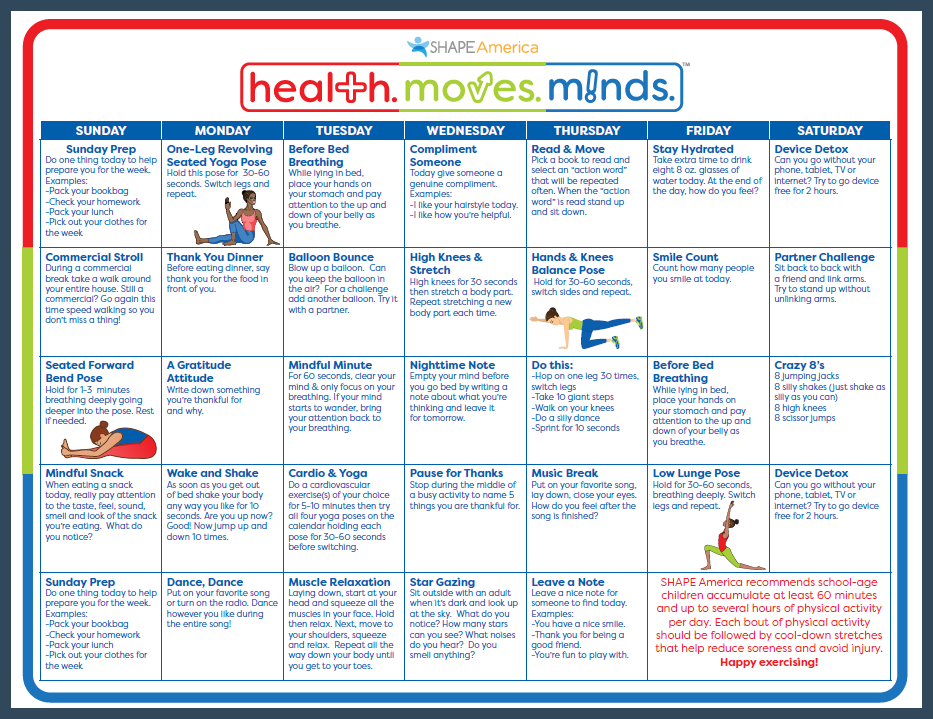Introduction to Physical Education
Summer School
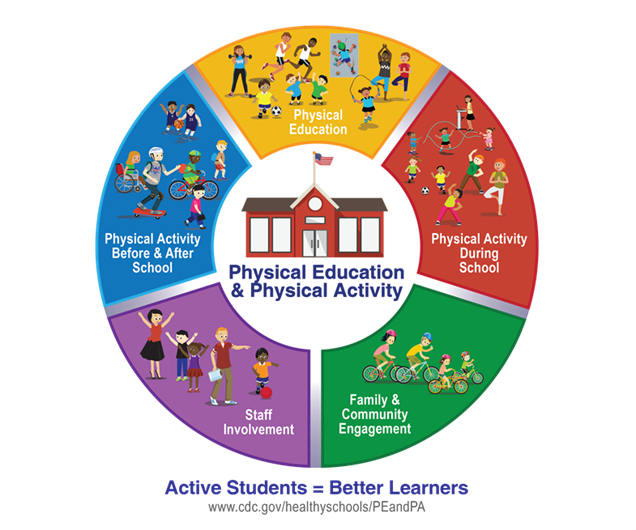
Course Overview
In this
course, students will learn about being active and improving their physical
fitness.† Being proactive is the key to a
better physical YOU, now and in the future.
The minimum
requirement for this course is to participate in a physical activity, chosen by
each student, for sixty minutes in each unit. These sixty minutes can
include ten minutes of warm-ups, forty minutes of activities, and ten minutes of a cool down or any
combination that equals to sixty minutes
per unit. They will keep track of their activities on a unit activity log
that will be attached to the question section in each unit.
In addition
to improving physical activity, students will be learning about various aspects
of fitness and a healthy lifestyle.†
Students will learn to set goals, both in the level of personal fitness
and other areas of life.† They will learn
about proper clothing for working out, how to stay hydrated, and how the new
food pyramid can help them make better choices.†
Besides learning to properly warm-up before and cool-down when
exercising, they will test their fitness levels throughout the course and
hopefully see improvement in their abilities as they strive to achieve a more
active lifestyle.
You will
learn about various motor skills and movement patterns based on the Ohio
Physical Education Standards.† You will
then be asked to demonstrate your knowledge of these standards through five Presentation Videos or PowerPoints that you will attach to the
question and answer section in five of the units.†††
Student Requirements
1. Medical Release Form (located to the left of the screen in Unit
Resources icon)
2. Complete all 18-Unit Activity Logs with at least one day of
activity per unit.
3. Read the Unit and Answer Questions for all 18 units.
4. Complete a Presentation Video or PowerPoint in Units 4, 8, 12, 16,
and 18.
Section A:† Getting Started
To begin a
physical fitness program, set goals that are reasonable and realistic.† Everyone can improve on his or her fitness
level, even those individuals who are already active.
Tips:
(1)†† Have a set time each day to devote to your
exercise.
(2)†† Find a friend to exercise with you.
(3)†† Set goals.
The best way
to set goals is to use the SMART Goal method.† The letters SMART each stand for one thing that will help you create an
attainable goal.†
|
|
Let's Practice:† Video
Challenge
Section B:† Phases of Exercise
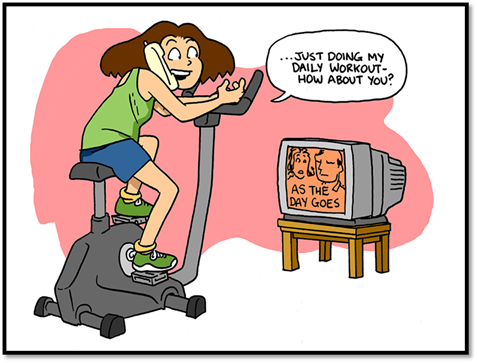
Warm-Up/Stretching - Before
you start any type of exercise or activity, you should warm up your body.† When you warm up your body, you increase the
flow of blood to your joints and muscles. This helps you get ready for
exercise.† Most people know they are
warmed up when they are sweating, and their breathing increases.† Warming up makes you more limber, and this
decreases the chances of pulling or straining a muscle or joint.†† Once you are warmed up, you can stretch your
muscles to prepare your whole body for exercise.† You should concentrate on the muscles that
you will be using the most.† For example,
if you were going to jog or walk, you would focus on your lower back, hips,
ankles, and feet.†
Exercise Activity - Complete
the exercise activities that you have chosen to do.† Always make sure that you wear appropriate
clothing and safety gear (look for safety tips at the end of some units).† Exercise for the duration and intensity that
is appropriate for your fitness level.
Cool Down - Once you have
completed your activities, you need too cool down your body to near resting
rate. It is almost more important to do this than warming up before
exercise!† When you cool down, you should
let your breathing come back to normal, and your heart rate needs to slow
down.† The best way to do this is by
walking for a few minutes.† After your
breathing and heart rate are back to normal, you need to stretch your muscles
again.† This will help prevent injuries
and increase your range of motion.† You can
repeat the stretches you did before your workout and add a few more to the
specific muscles you worked.† You will
learn more about cool down activities in a later unit.
Exercise Safety Tips
∑††††††††
Wear comfortable clothes and sneakers or flat shoes with laces.
∑††††††††
Drink a cup of water before, during, and after exercising.
∑††††††††
Don't exercise right after meals, when it's very hot or humid, or when
you just don't feel up to it.
∑††††††††
It is essential that you consult your physician before you start any
exercise program.
Letís Practice:† Video Challenge
Section C:† Unit Activity Log
You will complete a "Unit Activity Log" for all 18
units in this course.†
Option #1:† You are required to log at least one day of
activity for each unit and indicate your warm-up (10 minutes), exercise
activity (40 minutes), and cool down (10 minutes).†
or
Option #2: You are required to log
at least one day of activity for each unit
that can include any training for school-sponsored sports, recreational
golf, or summer leagues.
Each unit activity needs to be signed by your parent/guardian
and attached to the last question in each unit.†
You can find the "Unit Activity Log" to the left of
your screen in the Unit Resources icon.†
Below is an example of an activity log.
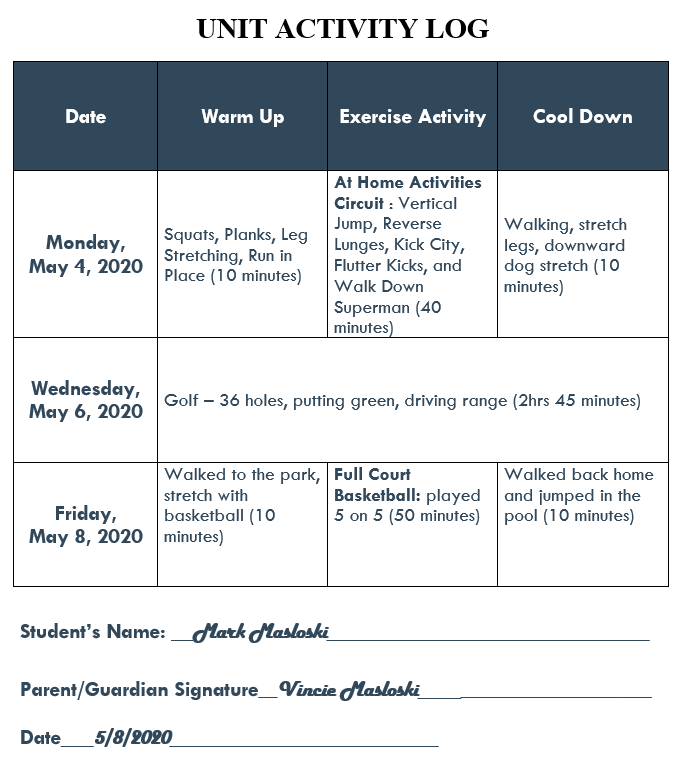
Throughout
this course, you will be given more examples of warm-ups, exercise activities,
and cool downs.† If you have any
questions or concerns at any time, please message your teacher. †Below are two charts provided by SHAPE America
that you can utilize to complete your "Unit Activity Logs."
